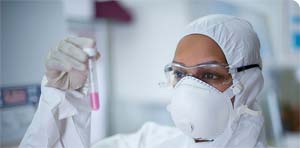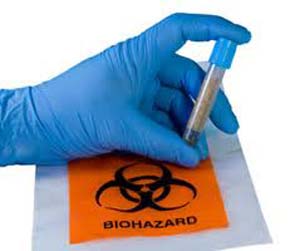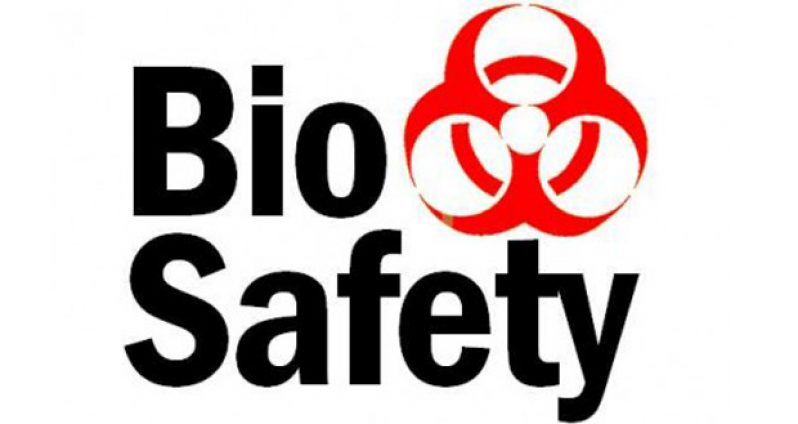With the rapid increase in the global population and the high demand for goods and services, the use of Biotechnology is becoming more necessary in the development process and in many sectors of world economies.  In today’s world, health services, agriculture, poultry rearing and manufacturing all utilize biotechnology. Because of its widespread use and utility, Biotechnology is now integrated in university and high school education. As Biotechnology advances the emphasis is on improving capabilities to increase its benefits and reduce its risks.
In today’s world, health services, agriculture, poultry rearing and manufacturing all utilize biotechnology. Because of its widespread use and utility, Biotechnology is now integrated in university and high school education. As Biotechnology advances the emphasis is on improving capabilities to increase its benefits and reduce its risks.
Biotechnology is being widely applied around the world and many developing countries like Guyana are gaining momentum in this area. This form of technology promises to make a significant contribution in enabling development, for example, better health care and enhanced food security.
Biosafety
Biosafety is the term used to describe efforts to reduce and eliminate potential risks to human and environmental health from the use of biotechnology and its products.
Biotechnology is the use of technology and living things, scientifically referred to as organisms, to create new products or improve on existing products. This technology has several applications; industrially, agriculturally and medically among other technological purposes.
The old adage prevention is better than cure, can be applied to this scenario. In other words, the absence of scientific certainty and extreme health hazards should not cause us to presume that the potential threat does not exist. The Environmental Protection Agency, the implementing Agency of the Cartagena Protocol on Biosafety has been working diligently to develop the necessary legal framework to ensure that the use of biotechnology does not jeopardize human or environmental health or our biodiversity and genetic resources. This is captured in the legal text as:
“Where there are threats of serious or irreversible damage, lack of full scientific certainty shall not be used as a reason for postponing cost effective measures to prevent environmental damage.”
What is being done in Guyana?
During the period 2006-2007, a National Policy on Biotechnology, Biosafety, and Bio-security was drafted and a National Biosafety Framework (NBF) developed. These instruments were developed under the UNEP-GEF funded Regional Project for implementing National Biosafety Frameworks in the Caribbean Sub-Region.
Having ratified the Convention on Biodiversity and the Cartagena Protocol on Biosafety, Guyana continues to embark on several initiatives towards fulfilling its obligations under these agreements. With respect to the Cartagena Protocol, these initiatives are geared towards the protection of biological diversity against the potential risks posed by living modified organisms (LMOs) resulting from modern biotechnology. To this end, Guyana is in the process of finalizing its draft National Policy and its Biosafety Bill which outline measures to foster integration of modern biotechnology into the economic development of the country, utilizing methods that provide for both bio-safety and bio-security.
At the moment, extensive consultations are being conducted in all ten (10) Administrative Regions to finalize the Biosafety and Biotechnology Bill for Guyana. This is to ensure that the Guyanese populace is aware of what they are consuming and what legal provisions are being put in place to ensure the protection of human health and the environment.
Share your ideas and questions by sending letters to: “Our Earth, Our Environment”, C/o EIT Division, Environmental Protection Agency, Ganges Street, Sophia, Georgetown; or email us at eit.epaguyana@gmail.com.




.png)









